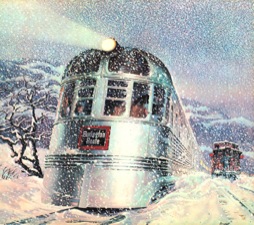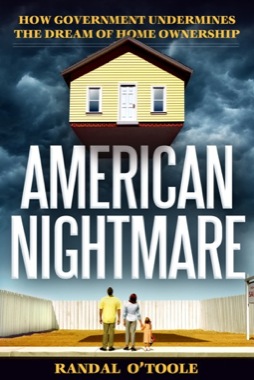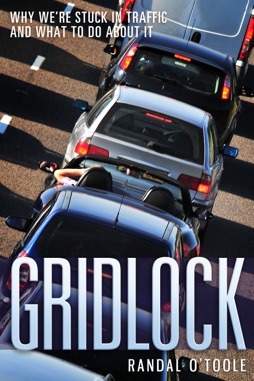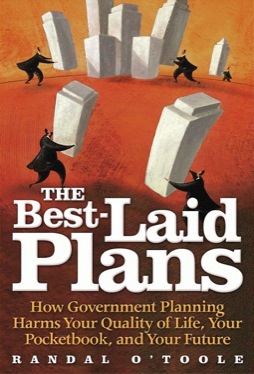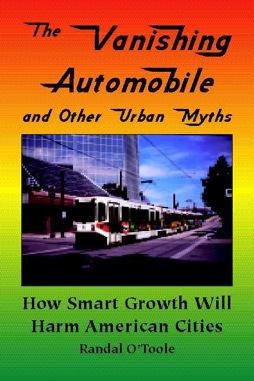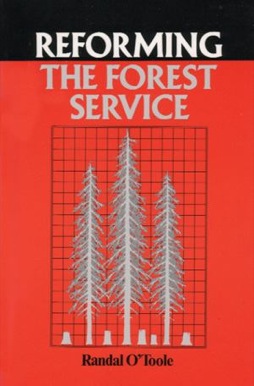An investigation by WREG news has revealed that executives of the Memphis Area Transit Authority spend well over $100,000 a year on plane fares and hotel charges to attend various transit conferences in such cities as Atlanta, Chicago, Dallas, Detroit, Las Vegas, Phoenix, Orlando, Portland, San Francisco, Seattle, and Washington. As many as 10 MATA staff members attend some of these conferences. In one case, MATA’s CEO spent more than $11,400 on just one round-trip flight to Aukland, New Zealand, no doubt flying first class.
Reporters documented that MATA had spent more than $276,000 on travel and nearly $440,000 on hotels in the eight years between 2017 and 2024. Since travel would have been restricted by the pandemic for at least one of those years, the annual amount must have been more than $100,000. Meanwhile, MATA is currently looking at a $60 million deficit for its next fiscal year. Continue reading










